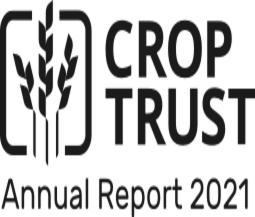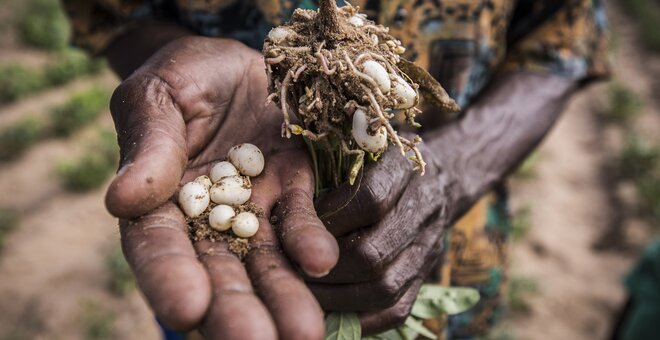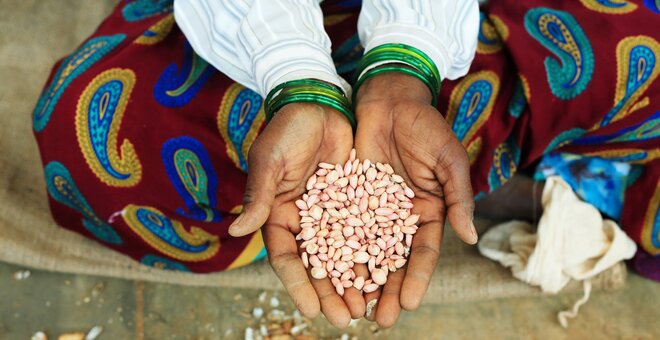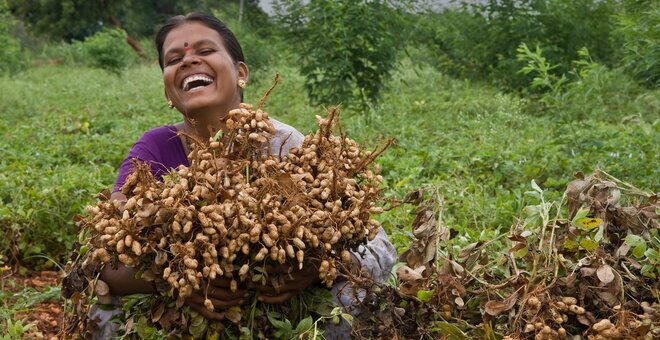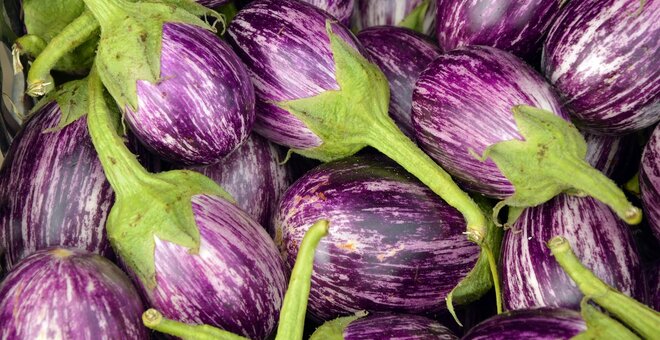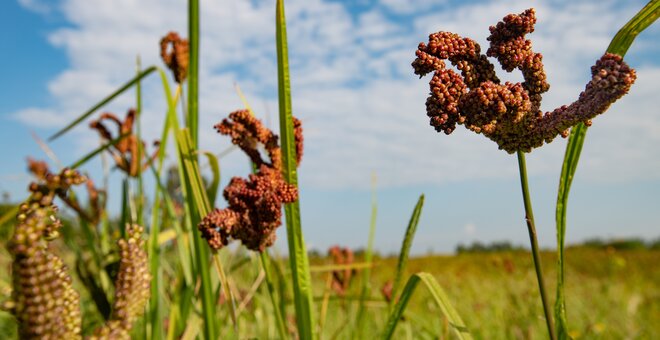A guiding light for global crop conservation
Breathing new life into global crop conservation strategies
Just two years after its establishment in 2004, the Crop Trust published the first global crop conservation strategies, focusing on banana and potato. It has since gone on to publish similar strategies for 36 crops, and counting.
These documents take stock of where we are in terms of conserving and making crop diversity accessible. They look across genebanks worldwide and identify the highest priority activities and resources required to safeguard the diversity of different genepools.
The Governing Body of the International Treaty on Plant Genetic Resources for Food and Agriculture has recognized that these strategies are key guides for the development of a truly efficient and effective global system of ex situ conservation.
But circumstances change with time, and some of the strategies were in need of updating.
Since 2019, thanks to a four-year project funded by the German Federal Ministry of Food and Agriculture (BMEL), the Crop Trust has been refreshing some of the older strategies and developing new ones for some crops not previously covered.
In 2022, five new and two updated strategies were completed and three others were in the final stages of production.
At a glance
The Global Crop Conservation Strategies bring together the latest information from experts worldwide to identify and prioritize actions in support of the long-term conservation and availability of the diversity of specific crops and their genepools. The Crop Trust is facilitating the update of five existing global crop conservation strategies and the development of 10 new strategies for this four-year project, which began in July 2019.
HIGHLIGHTS FROM 2022: Completed five new strategies (brassicas, peppers, eggplant, pea and peanut) and updated two (potato and sorghum).
FULL PROJECT TITLE: Breathing New Life Into the Global Crop Conservation Strategies: Providing an Evidence Base for the Global System of Ex situ Conservation of Crop Diversity
FUNDING PARTNER: German Federal Ministry of Food and Agriculture (BMEL)
Something old…
Two of the earliest conservation strategies were revised and updated in 2022: potato and sorghum. Much has changed in the conservation of these two crops over the past 15 years, with the evolution of conservation techniques, a greater understanding of the genetic makeup of these crops, and advances in breeding practices. This is reflected in the new strategies.
Something new…
The project also added five new strategies: brassicas, peppers, eggplant, pea and peanut. Each of these crops presents its own challenges, but there are some commonalities. For example, most of the strategies highlight the need for continuing skills development for curators and technical staff as well as improved networking among genebanks. Several strategies focus on the need for further evaluation of the collections to help users—especially plant breeders—identify those with particular characteristics of interest.
And three more in the pipeline
Three more strategies—citrus, sunflower and Vigna—will be published in 2023.
This will bring the current BMEL-funded project to a successful conclusion, although efforts to update old strategies and develop new ones for crops yet to be covered will hopefully continue.
Related news
Extreme Beans: Conserving Vigna
The Crop Trust facilitated the update of a global strategy to conserve the diversity of Vigna and its wild relatives to help ensure food and nutrition security.
Have you ever eaten koki, Hoppin' John, chè đậu trắng, lǜdòu...
31 May 2023
Ensuring the Camel of Crops Keeps Giving
The Crop Trust facilitated the update of a global strategy to conserve the diversity of sorghum and its wild relatives.
The “camel of crops” is a true physiological marvel. It’s one of our toughest cereals and can survive in...
18 May 2023
Breathing New Life into the Global Crop Conservation Strategies
The Crop Trust kicks off a new project funded by the German government.
18 Dec 2019
Nuts About Peanuts
The peanut (Arachis hypogaea L.), also known as groundnut, is native to South America but is now grown throughout the tropics and subtropics. There, this delicious legume is a subsistence crop for many, as well as an important...
16 Feb 2023
Ensuring Enough Eggplant for Everyone
The Crop Trust facilitated the development of a global strategy to conserve the diversity of eggplant and its wild relatives to help ensure food and nutrition security.
If there was a contest for the most glamorous vegetable,...
1 Feb 2023
Millets: Use Them or Lose Them
2023 marks the International Year of Millets – hardy, nutritious crops that are in decline. A recently published global conservation strategy maps out how to keep millets on our plates.
They’re hardy, reliable, rich in...
30 Mar 2023
